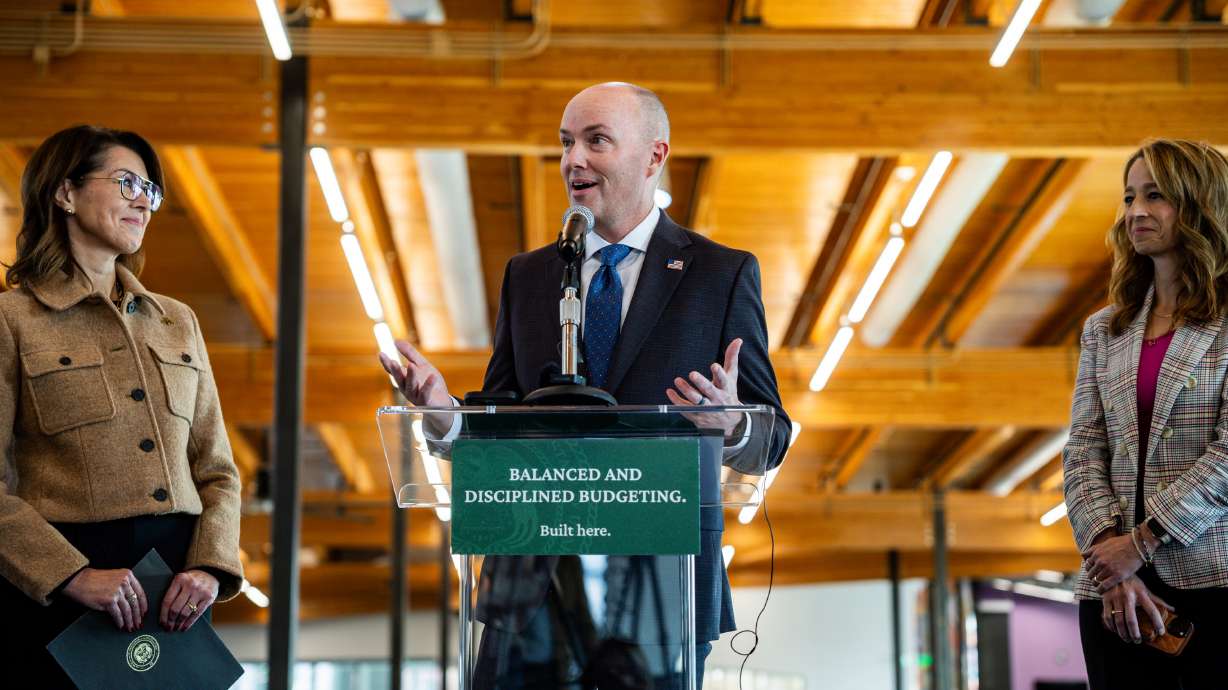This op-ed originally appeared in The Salt Lake Tribune, co-written by Caden Rosenbaum and Greg Kaza, Executive Director of the Arkansas Policy Foundation in Little Rock.
Utah led the U.S. in job creation in the last economic expansion (2009-2020), an unrecognized achievement that should generate a discussion amongst policymakers.
Total Utah nonfarm payroll employment increased 33 percent in the expansion, U.S. Bureau of Labor Statistics (BLS) data shows. The expansion began in June 2009 and ended in February 2020, according to the nonprofit National Bureau of Economic Research (NBER) in Cambridge, Mass.
At 128 months, the expansion is the longest in U.S. history, according to the NBER, which is widely recognized within the economics profession as arbiter of the U.S. business cycle.
Idaho (27.0%) placed second in jobs creation in the expansion, BLS records show. Nevada (26.3%) was third, with Colorado (25.9%), Texas (25.619%), Florida (25.612%), Arizona (23.4%), Washington (23.0%), California (22.6%) and Oregon (22.4%) rounding out the top ten states.
The U.S. average, by contrast, was 16.4 percent.
The findings are significant because nonfarm payroll employment is the broadest state-level economic indicator. Why did Utah lead the U.S. in new jobs?
Often called a business-friendly state, Utah’s success in attracting new jobs and business over the last decade has been characterized by regulatory innovation and reform.
Although some pinpoint the 1960s as the genesis of Utah’s regulatory shift toward economic growth, others look to the 2009 election of Gov. Gary Herbert, whose administration made cutting red tape the primary objective. By 2016, Forbes ranked Utah as the best state for business, noting that it had reformed “nearly 400 regulations.” Back then, the state was only projected to be the third-best in job growth by 2021.
Utah’s extra boost from 2016 to 2020 came from the tech ecosystem that took root in the groundwork laid by business-friendly regulation. As Canopy CEO Davis Bell recently noted, the reasons for Utah’s growth were more than a few cultural quirks, desert-dwelling influencers, and fry sauce. The growth of Utah’s economy — especially its tech ecosystem — was the result of a decades-long effort to attract venture capital and entrepreneurial talent.
Utah became a home for startup hubs like Silicon Slopes and research parks like Bionic Valley. Also, during this period, construction, information, professional and business services, education, and health industries experienced significant job growth.
But now more than ever, in light of a likely economic recession following a global pandemic, even states like Utah must look for new areas of regulatory improvement. During the pandemic, Utah took a significant step forward by expanding its regulatory sandbox to allow more innovators to experiment in a controlled regulatory environment. Over the last two years, the state has scaled its regulatory sandbox, which works to rethink regulation of FinTech, insurance, and other economic value-adds.
As other states look ahead to the next economic expansion, replicating Utah’s focus on regulatory innovation and dynamic reform will be key to attracting jobs and industry growth.





